Price Comparison: Tomato Paste vs Passata + Cheap Sale Introduction: When it comes to cooking, tomato-based products like tomato paste and passata play a crucial role in enhancing the flavors of numerous dishes across various cuisines. However, choosing between tomato paste and passata can be overwhelming, especially when considering factors such as price and quality. In this article, we will delve into the price comparison between tomato paste and passata, as well as explore the option of buying these products during cheap sales. By understanding the differences in cost and value, readers can make informed decisions based on their culinary needs and budget. The Price Difference: Tomato Paste: Tomato paste is a concentrated form of tomato flavor. It is thick, rich, and intensifies the taste of dishes. However, tomato paste tends to be more expensive compared to other tomato-based products because of its concentrated nature. Depending on the brand, size, and quality, the price of tomato paste can vary. On average, a small can of tomato paste (6 ounces) may cost around $1 to $2, while larger cans (12 to 16 ounces) can range from $2 to $4. Passata: Passata, on the other hand, is an uncooked tomato purée that is strained, resulting in a smooth texture. It is less concentrated than tomato paste and can be used as a base for sauces, soups, and pasta dishes. Passata is generally more affordable than tomato paste, making it an attractive option for budget-conscious consumers. Prices for passata can range from $1 to $3 per 24-ounce bottle or carton, depending on the brand.
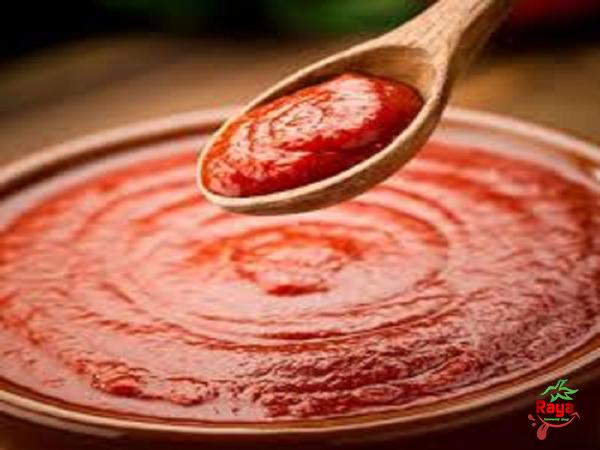
tomato paste
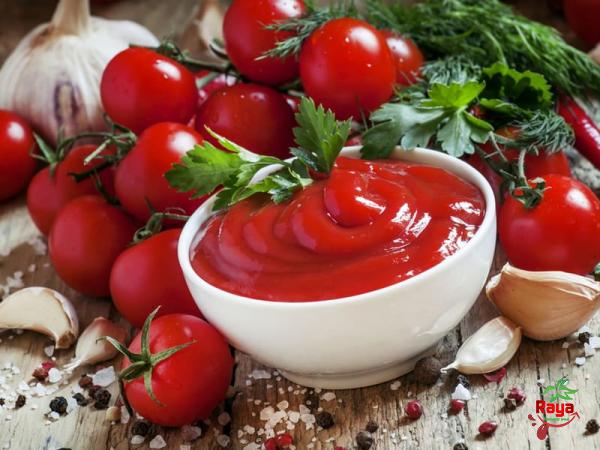 Factors Affecting Price: Several factors influence the price discrepancy between tomato paste and passata: 1) Processing: Tomato paste requires more processing than passata, as it needs to be concentrated to remove excess water. The additional processing steps, including straining, boiling, and evaporation, result in higher production costs, which ultimately impacts the price. 2) Packaging: Tomato paste is often sold in small cans or tubes, which require individual packaging and labeling. The cost of packaging materials adds to the overall price of tomato paste. In contrast, passata is commonly available in larger bottles or cartons, which can be more cost-effective. 3) Tomato Quality: The quality of the tomatoes used in the production of tomato paste and passata can significantly affect the price. Higher-quality tomatoes, such as those grown in ideal conditions and without the use of pesticides or artificial fertilizers, tend to result in a more expensive end product. Buying during Cheap Sales: Despite the price variations between tomato paste and passata, consumers can take advantage of cheap sales to obtain these products at lower prices. Cheap sales or promotions can occur for various reasons, including surplus stock, seasonal discounts, or even expiration dates approaching. Here are a few strategies to consider: 1) Shop During Seasonal Sales: Retailers often offer discounts on specific products during certain seasons. Keeping an eye out for seasonal sales, such as end-of-summer or holiday sales, can be an excellent opportunity to purchase tomato paste and passata at reduced prices. 2) Look for Bulk Deals or Multi-Packs: Many stores offer discounted prices on bulk purchases or multi-packs of tomato-based products. By buying in larger quantities, consumers can get a better price per unit, ultimately saving money in the long run. 3) Join Loyalty Programs: Some retailers offer loyalty programs that provide exclusive discounts or special deals to members. By signing up for these programs, customers can access discounted prices on tomato paste, passata, and other related products. 4) Check Online Marketplaces: Online marketplaces often feature competitive prices and numerous sellers who are willing to offer discounts or deals on tomato-based products. Comparing prices, reading reviews, and considering shipping costs can help consumers find the best deals online.
Factors Affecting Price: Several factors influence the price discrepancy between tomato paste and passata: 1) Processing: Tomato paste requires more processing than passata, as it needs to be concentrated to remove excess water. The additional processing steps, including straining, boiling, and evaporation, result in higher production costs, which ultimately impacts the price. 2) Packaging: Tomato paste is often sold in small cans or tubes, which require individual packaging and labeling. The cost of packaging materials adds to the overall price of tomato paste. In contrast, passata is commonly available in larger bottles or cartons, which can be more cost-effective. 3) Tomato Quality: The quality of the tomatoes used in the production of tomato paste and passata can significantly affect the price. Higher-quality tomatoes, such as those grown in ideal conditions and without the use of pesticides or artificial fertilizers, tend to result in a more expensive end product. Buying during Cheap Sales: Despite the price variations between tomato paste and passata, consumers can take advantage of cheap sales to obtain these products at lower prices. Cheap sales or promotions can occur for various reasons, including surplus stock, seasonal discounts, or even expiration dates approaching. Here are a few strategies to consider: 1) Shop During Seasonal Sales: Retailers often offer discounts on specific products during certain seasons. Keeping an eye out for seasonal sales, such as end-of-summer or holiday sales, can be an excellent opportunity to purchase tomato paste and passata at reduced prices. 2) Look for Bulk Deals or Multi-Packs: Many stores offer discounted prices on bulk purchases or multi-packs of tomato-based products. By buying in larger quantities, consumers can get a better price per unit, ultimately saving money in the long run. 3) Join Loyalty Programs: Some retailers offer loyalty programs that provide exclusive discounts or special deals to members. By signing up for these programs, customers can access discounted prices on tomato paste, passata, and other related products. 4) Check Online Marketplaces: Online marketplaces often feature competitive prices and numerous sellers who are willing to offer discounts or deals on tomato-based products. Comparing prices, reading reviews, and considering shipping costs can help consumers find the best deals online.
Specifications of tomato paste
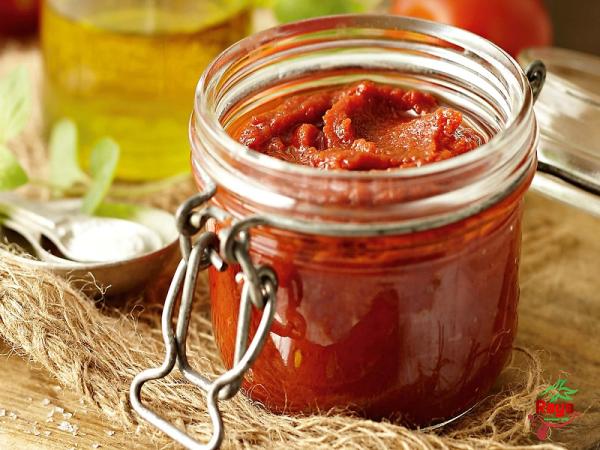 Conclusion: When comparing the prices of tomato paste and passata, it is evident that passata generally offers a more affordable option for those on a tight budget. However, for individuals seeking a stronger tomato flavor or concentrated form, tomato paste may be the preferred choice despite its higher price. By being mindful of seasonal sales, bulk deals, loyalty programs, and online marketplaces, consumers can make smart purchasing decisions and take advantage of cheap sales to save money on these essential culinary ingredients. Ultimately, the choice between tomato paste and passata will depend on personal preferences, cooking needs, and price considerations.Title: Price Comparison: Tomato Paste vs Passata + Cheap Sale Introduction: When it comes to cooking, tomato-based products like tomato paste and passata play a crucial role in enhancing the flavors of numerous dishes across various cuisines. However, choosing between tomato paste and passata can be overwhelming, especially when considering factors such as price and quality. In this article, we will delve into the price comparison between tomato paste and passata, as well as explore the option of buying these products during cheap sales. By understanding the differences in cost and value, readers can make informed decisions based on their culinary needs and budget. The Price Difference: 1. Tomato Paste: Tomato paste is a concentrated form of tomato flavor. It is thick, rich, and intensifies the taste of dishes. However, tomato paste tends to be more expensive compared to other tomato-based products because of its concentrated nature. Depending on the brand, size, and quality, the price of tomato paste can vary. On average, a small can of tomato paste (6 ounces) may cost around $1 to $2, while larger cans (12 to 16 ounces) can range from $2 to $4. 2. Passata: Passata, on the other hand, is an uncooked tomato purée that is strained, resulting in a smooth texture. It is less concentrated than tomato paste and can be used as a base for sauces, soups, and pasta dishes. Passata is generally more affordable than tomato paste, making it an attractive option for budget-conscious consumers. Prices for passata can range from $1 to $3 per 24-ounce bottle or carton, depending on the brand. Factors Affecting Price: 1. Processing: Tomato paste requires more processing than passata, as it needs to be concentrated to remove excess water. The additional processing steps, including straining, boiling, and evaporation, result in higher production costs, which ultimately impacts the price. 2. Packaging: Tomato paste is often sold in small cans or tubes, which require individual packaging and labeling. The cost of packaging materials adds to the overall price of tomato paste. In contrast, passata is commonly available in larger bottles or cartons, which can be more cost-effective. 3. Tomato Quality: The quality of the tomatoes used in the production of tomato paste and passata can significantly affect the price. Higher-quality tomatoes, such as those grown in ideal conditions and without the use of pesticides or artificial fertilizers, tend to result in a more expensive end product.
Conclusion: When comparing the prices of tomato paste and passata, it is evident that passata generally offers a more affordable option for those on a tight budget. However, for individuals seeking a stronger tomato flavor or concentrated form, tomato paste may be the preferred choice despite its higher price. By being mindful of seasonal sales, bulk deals, loyalty programs, and online marketplaces, consumers can make smart purchasing decisions and take advantage of cheap sales to save money on these essential culinary ingredients. Ultimately, the choice between tomato paste and passata will depend on personal preferences, cooking needs, and price considerations.Title: Price Comparison: Tomato Paste vs Passata + Cheap Sale Introduction: When it comes to cooking, tomato-based products like tomato paste and passata play a crucial role in enhancing the flavors of numerous dishes across various cuisines. However, choosing between tomato paste and passata can be overwhelming, especially when considering factors such as price and quality. In this article, we will delve into the price comparison between tomato paste and passata, as well as explore the option of buying these products during cheap sales. By understanding the differences in cost and value, readers can make informed decisions based on their culinary needs and budget. The Price Difference: 1. Tomato Paste: Tomato paste is a concentrated form of tomato flavor. It is thick, rich, and intensifies the taste of dishes. However, tomato paste tends to be more expensive compared to other tomato-based products because of its concentrated nature. Depending on the brand, size, and quality, the price of tomato paste can vary. On average, a small can of tomato paste (6 ounces) may cost around $1 to $2, while larger cans (12 to 16 ounces) can range from $2 to $4. 2. Passata: Passata, on the other hand, is an uncooked tomato purée that is strained, resulting in a smooth texture. It is less concentrated than tomato paste and can be used as a base for sauces, soups, and pasta dishes. Passata is generally more affordable than tomato paste, making it an attractive option for budget-conscious consumers. Prices for passata can range from $1 to $3 per 24-ounce bottle or carton, depending on the brand. Factors Affecting Price: 1. Processing: Tomato paste requires more processing than passata, as it needs to be concentrated to remove excess water. The additional processing steps, including straining, boiling, and evaporation, result in higher production costs, which ultimately impacts the price. 2. Packaging: Tomato paste is often sold in small cans or tubes, which require individual packaging and labeling. The cost of packaging materials adds to the overall price of tomato paste. In contrast, passata is commonly available in larger bottles or cartons, which can be more cost-effective. 3. Tomato Quality: The quality of the tomatoes used in the production of tomato paste and passata can significantly affect the price. Higher-quality tomatoes, such as those grown in ideal conditions and without the use of pesticides or artificial fertilizers, tend to result in a more expensive end product.
buy tomato paste
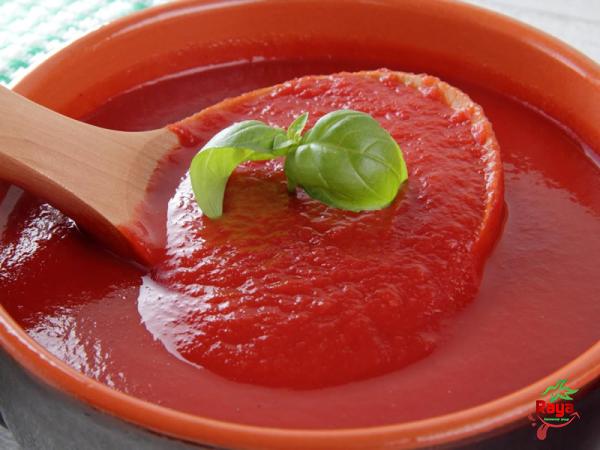 Buying during Cheap Sales: 1. Shop During Seasonal Sales: Retailers often offer discounts on specific products during certain seasons. Keeping an eye out for seasonal sales, such as end-of-summer or holiday sales, can be an excellent opportunity to purchase tomato paste and passata at reduced prices. 2. Look for Bulk Deals or Multi-Packs: Many stores offer discounted prices on bulk purchases or multi-packs of tomato-based products. By buying in larger quantities, consumers can get a better price per unit, ultimately saving money in the long run. 3. Join Loyalty Programs: Some retailers offer loyalty programs that provide exclusive discounts or special deals to members. By signing up for these programs, customers can access discounted prices on tomato paste, passata, and other related products. 4. Check Online Marketplaces: Online marketplaces often feature competitive prices and numerous sellers who are willing to offer discounts or deals on tomato-based products. Comparing prices, reading reviews, and considering shipping costs can help consumers find the best deals online. 5. Shop Local Farmers’ Markets: Local farmers’ markets can be a great place to find deals on tomato paste and passata, especially during peak tomato season. Farmers may offer discounts to sell excess produce or promote their products. Supporting local growers not only benefits the community but also ensures fresher and higher-quality ingredients. 6. Utilize Coupon Websites or Apps: Coupon websites and smartphone applications offer a convenient way to access discounts and special promotions on various food products, including tomato paste and passata. Prioritizing coupon usage can significantly reduce the overall cost of these tomato-based products. 7. Subscribe to Brand Newsletters: Signing up for newsletters of preferred tomato paste and passata brands can provide consumers with access to exclusive discounts and promotions. Companies often reward loyal customers by offering special deals directly to their inbox. 8. Consider Store Brands: Store brands, or private-label brands, often offer tomato-based products at lower prices compared to popular national brands. While the packaging may differ, the quality and taste can be comparable, making store brands a more economical option. Conclusion: When comparing the prices of tomato paste and passata, it is evident that passata generally offers a more affordable option for those on a tight budget. However, for individuals seeking a stronger tomato flavor or concentrated form, tomato paste may be the preferred choice despite its higher price. By being mindful of seasonal sales, bulk deals, loyalty programs, online marketplaces, local farmers’ markets, coupon websites, brand newsletters, and store brands, consumers can make smart purchasing decisions and take advantage of cheap sales to save money on these essential culinary ingredients. Ultimately, the choice between tomato paste and passata will depend on personal preferences, cooking needs, and price considerations.
Buying during Cheap Sales: 1. Shop During Seasonal Sales: Retailers often offer discounts on specific products during certain seasons. Keeping an eye out for seasonal sales, such as end-of-summer or holiday sales, can be an excellent opportunity to purchase tomato paste and passata at reduced prices. 2. Look for Bulk Deals or Multi-Packs: Many stores offer discounted prices on bulk purchases or multi-packs of tomato-based products. By buying in larger quantities, consumers can get a better price per unit, ultimately saving money in the long run. 3. Join Loyalty Programs: Some retailers offer loyalty programs that provide exclusive discounts or special deals to members. By signing up for these programs, customers can access discounted prices on tomato paste, passata, and other related products. 4. Check Online Marketplaces: Online marketplaces often feature competitive prices and numerous sellers who are willing to offer discounts or deals on tomato-based products. Comparing prices, reading reviews, and considering shipping costs can help consumers find the best deals online. 5. Shop Local Farmers’ Markets: Local farmers’ markets can be a great place to find deals on tomato paste and passata, especially during peak tomato season. Farmers may offer discounts to sell excess produce or promote their products. Supporting local growers not only benefits the community but also ensures fresher and higher-quality ingredients. 6. Utilize Coupon Websites or Apps: Coupon websites and smartphone applications offer a convenient way to access discounts and special promotions on various food products, including tomato paste and passata. Prioritizing coupon usage can significantly reduce the overall cost of these tomato-based products. 7. Subscribe to Brand Newsletters: Signing up for newsletters of preferred tomato paste and passata brands can provide consumers with access to exclusive discounts and promotions. Companies often reward loyal customers by offering special deals directly to their inbox. 8. Consider Store Brands: Store brands, or private-label brands, often offer tomato-based products at lower prices compared to popular national brands. While the packaging may differ, the quality and taste can be comparable, making store brands a more economical option. Conclusion: When comparing the prices of tomato paste and passata, it is evident that passata generally offers a more affordable option for those on a tight budget. However, for individuals seeking a stronger tomato flavor or concentrated form, tomato paste may be the preferred choice despite its higher price. By being mindful of seasonal sales, bulk deals, loyalty programs, online marketplaces, local farmers’ markets, coupon websites, brand newsletters, and store brands, consumers can make smart purchasing decisions and take advantage of cheap sales to save money on these essential culinary ingredients. Ultimately, the choice between tomato paste and passata will depend on personal preferences, cooking needs, and price considerations.

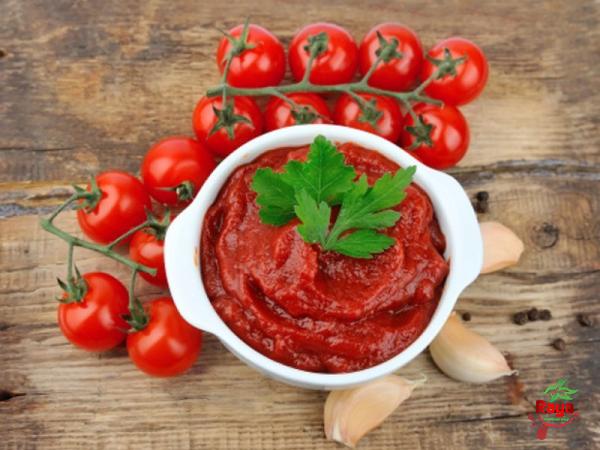


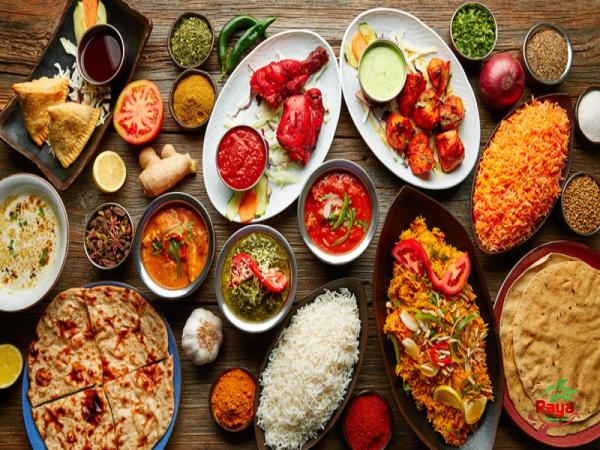
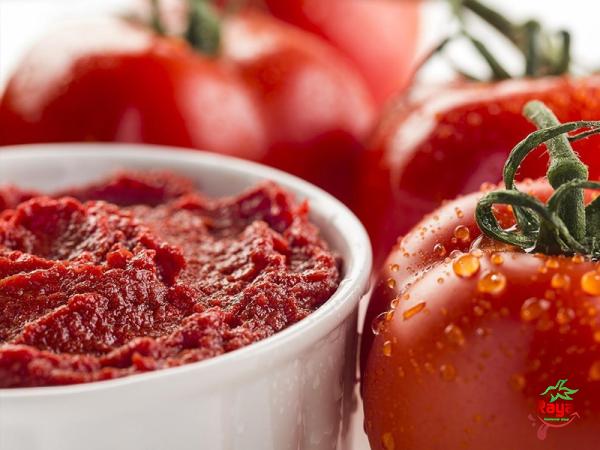
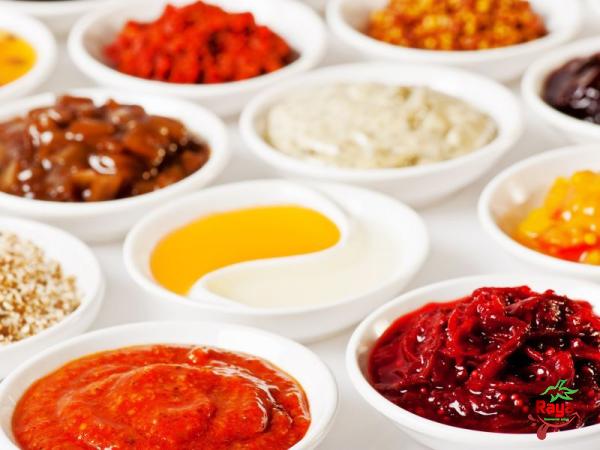

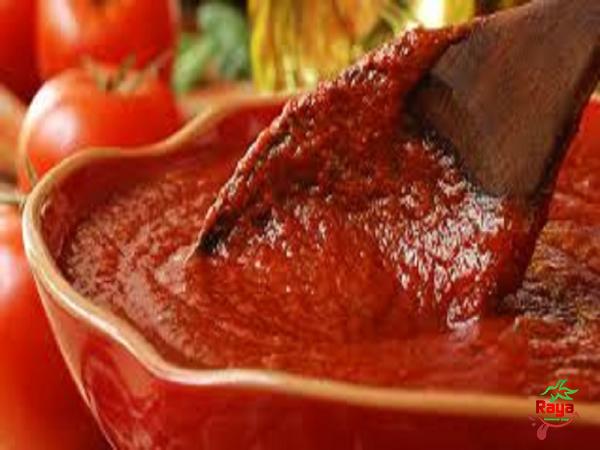
Your comment submitted.